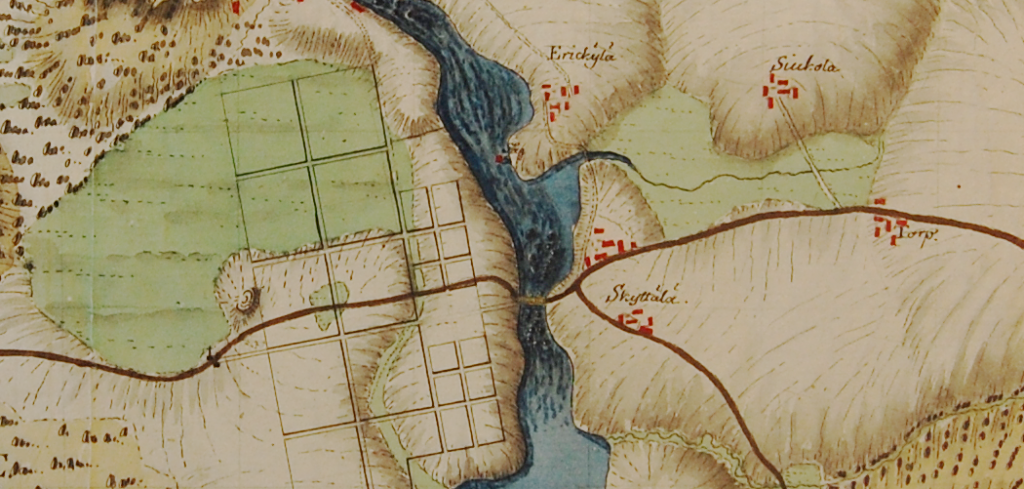
Viabundus Finland 1350-1650
Viabundus Finland 1350–1650 compiles historical geospatial data on traffic routes and traffic related infrastructure of late medieval and early modern Finland into a an open database and map interface.
Viabundus Finland is funded in 2022-24 by Kone Foundation.
